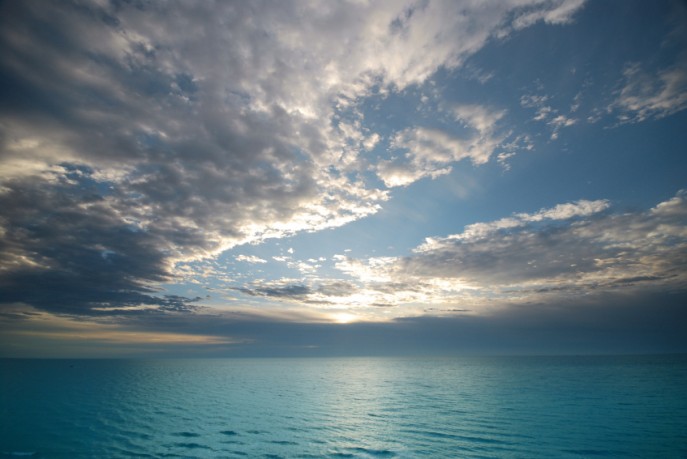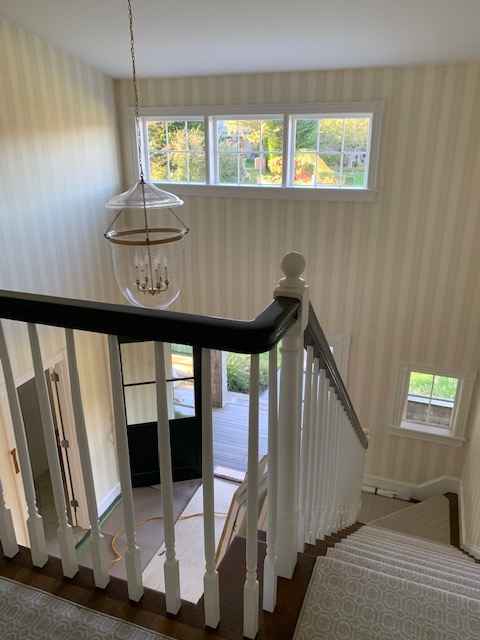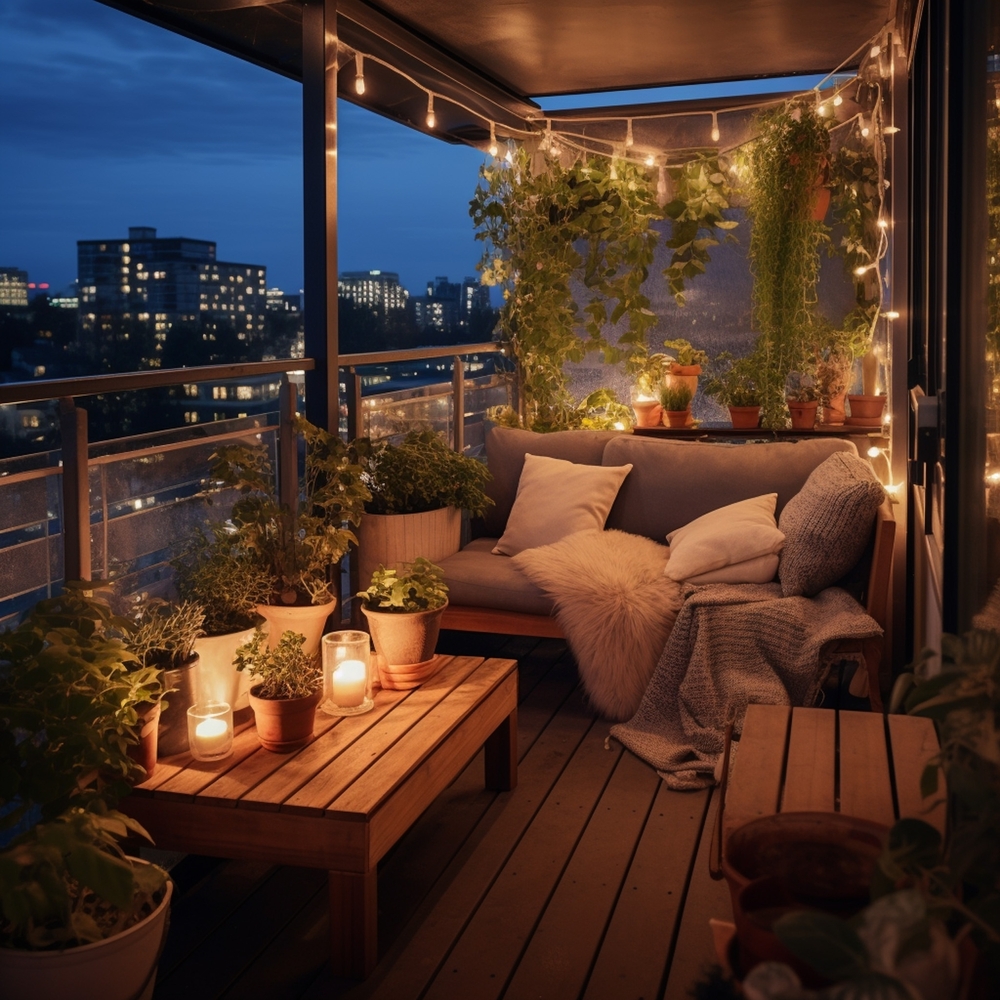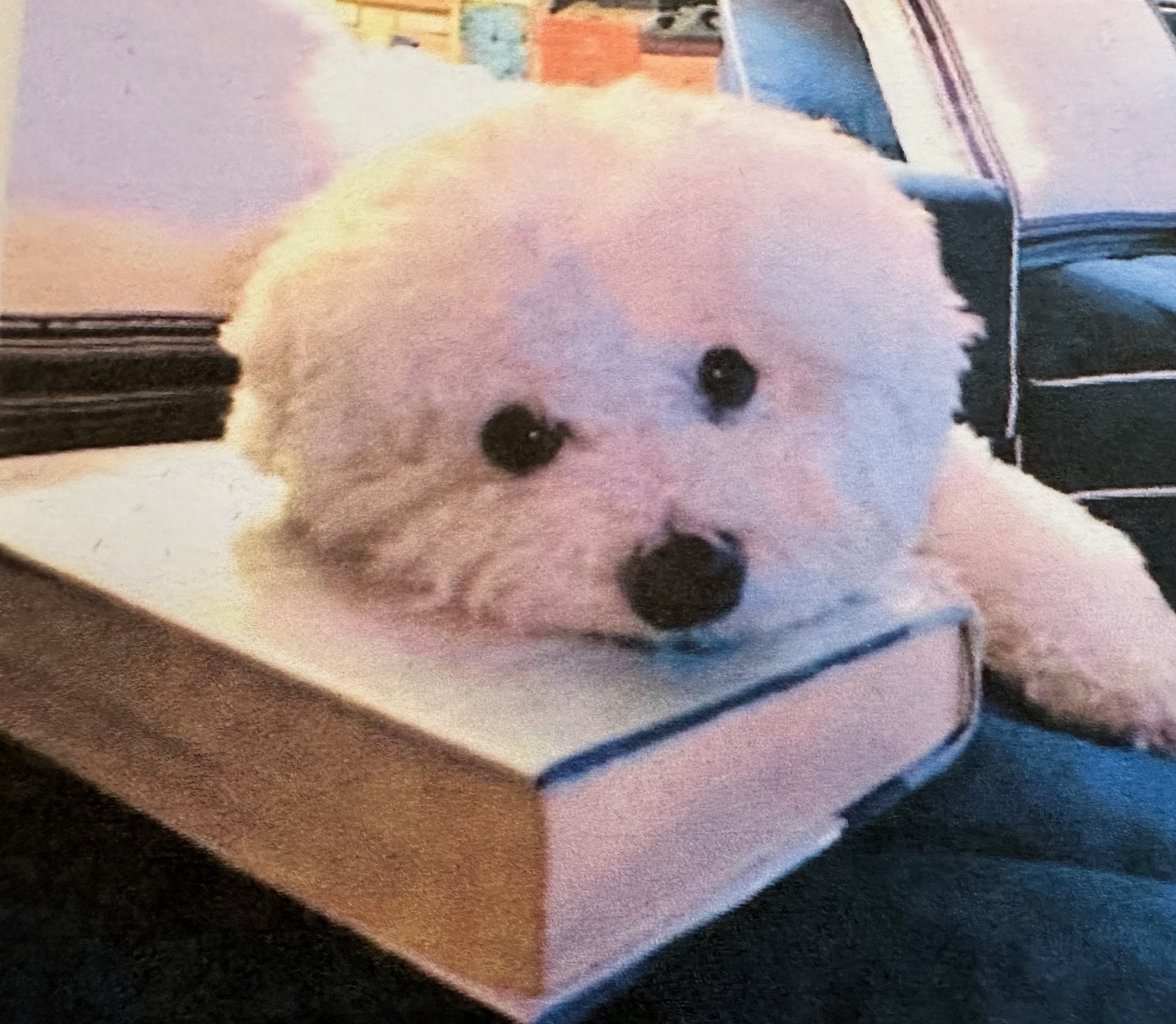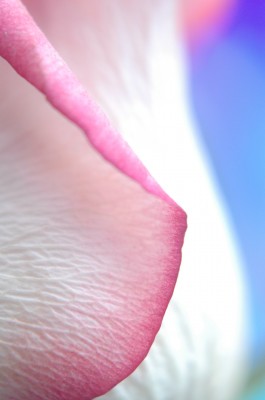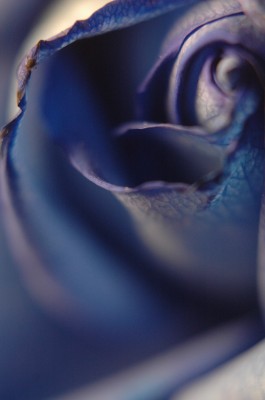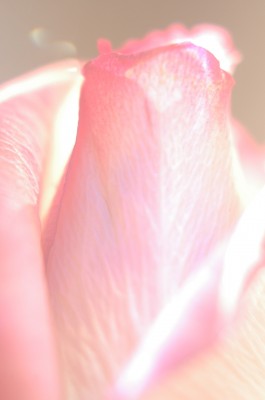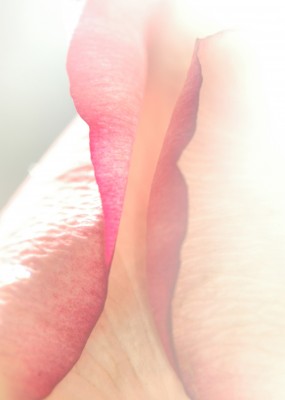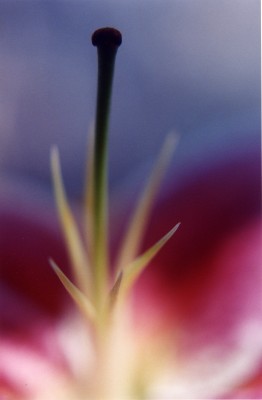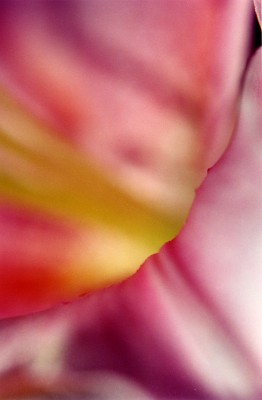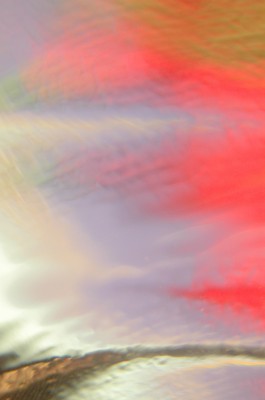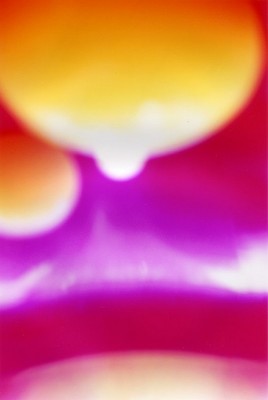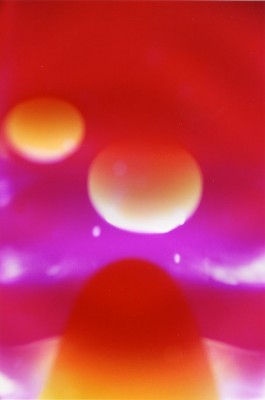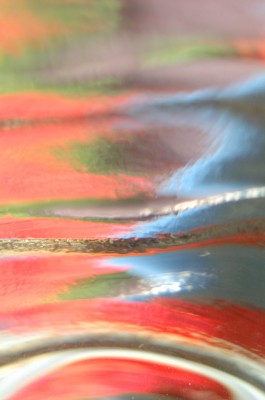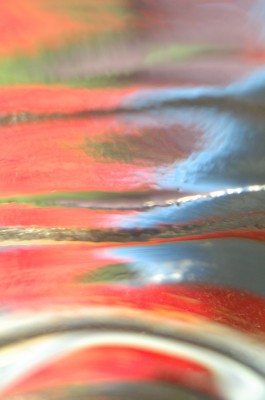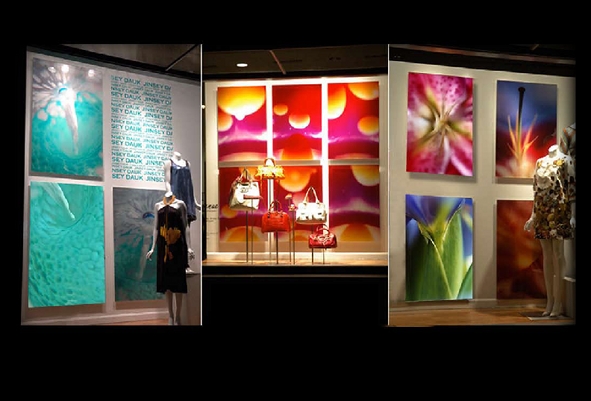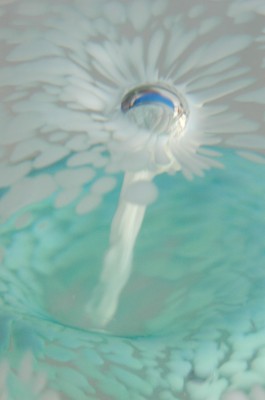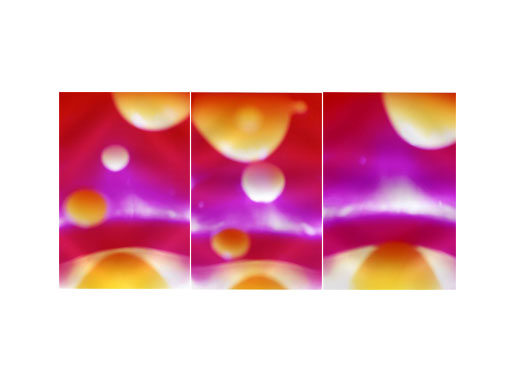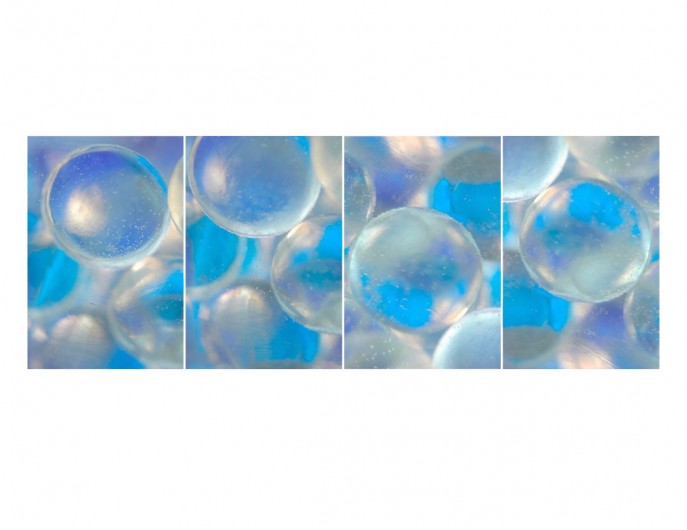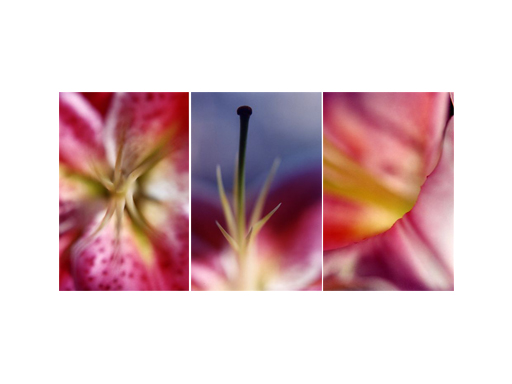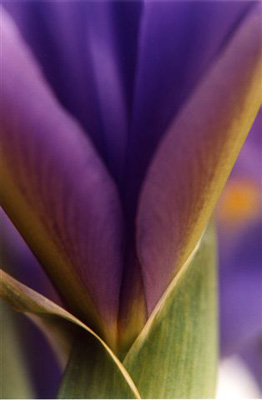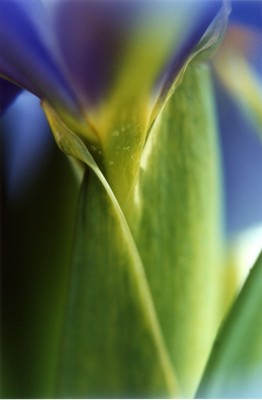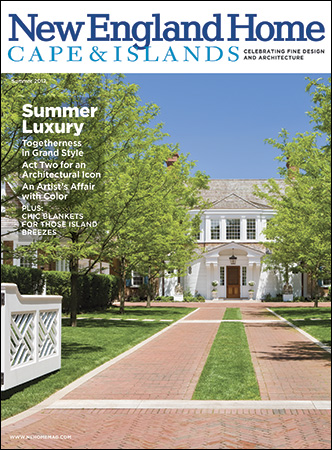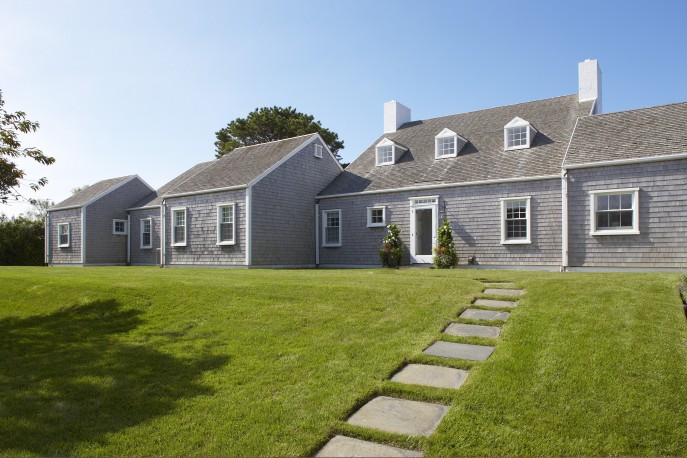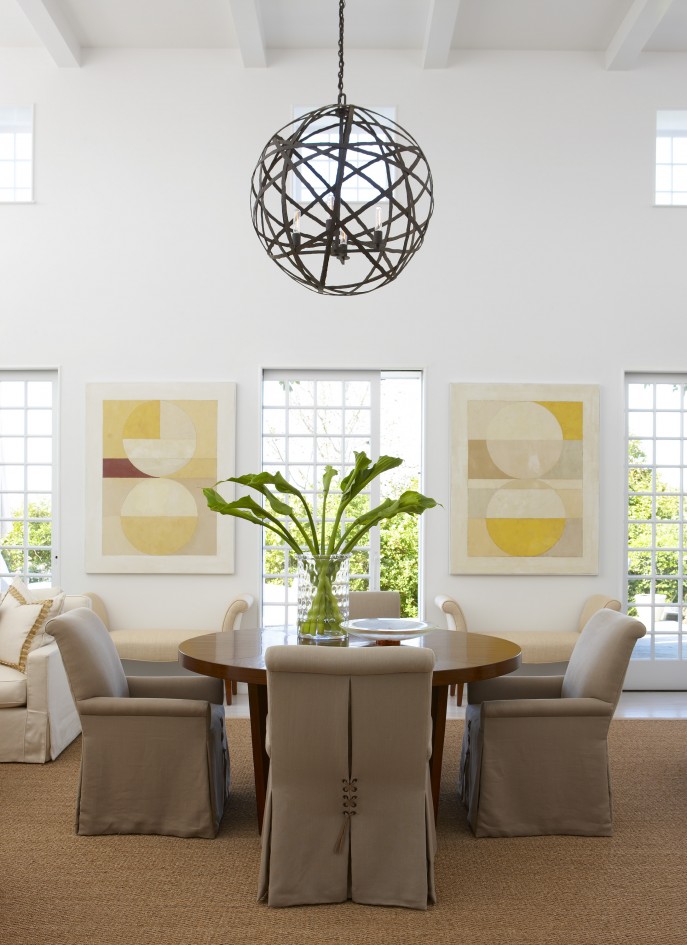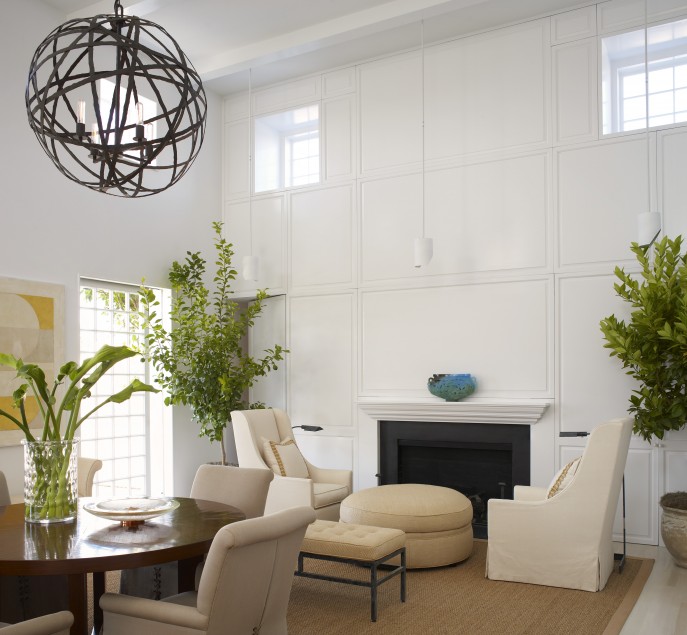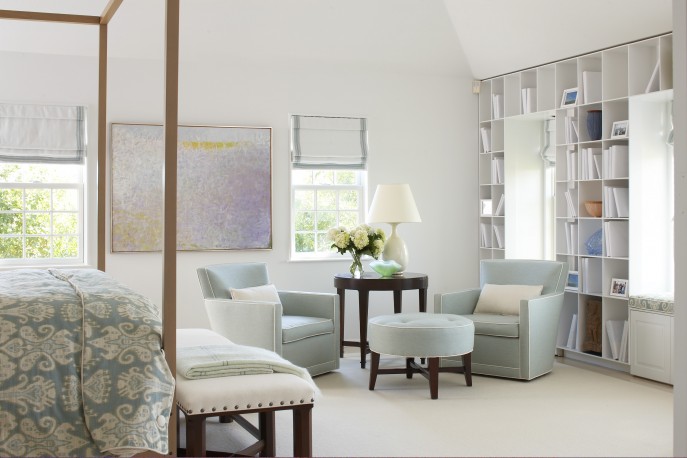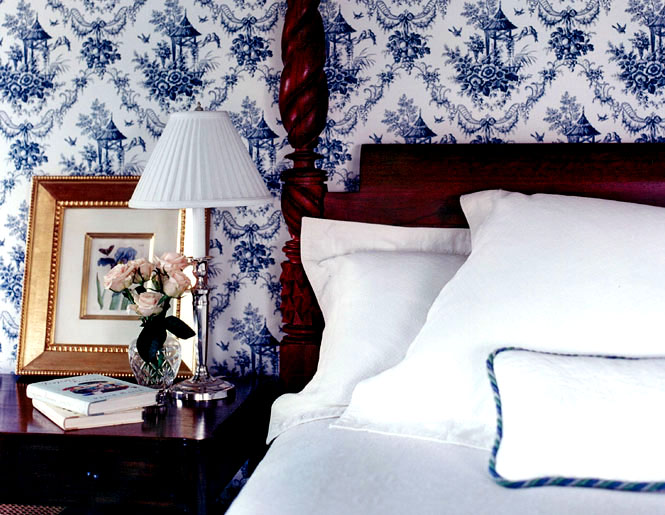
There’s no color scheme more heavenly than blue and white. Blue and white reminds me of sea and sky: from the open ocean accented with crisp white sails to the summer sky dotted with white clouds. As many as half the people surveyed around the world said blue was their favorite color, and it’s been documented as being the most soothing, restful color, making it perfect for bedrooms.
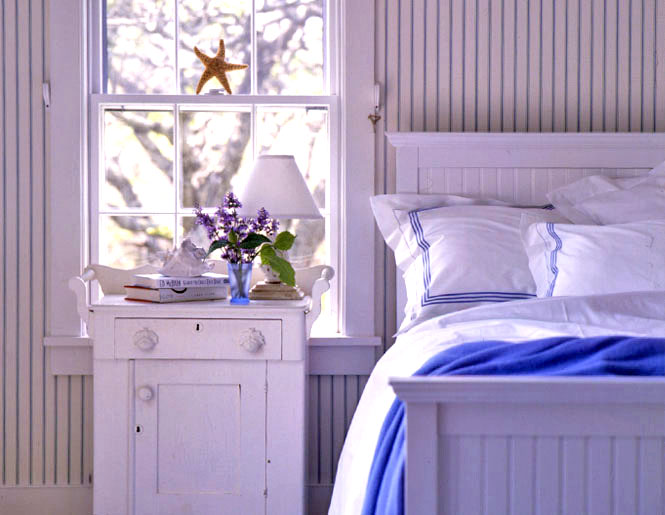
Blue pigment from the earliest days of human civilization was prized, almost as highly as gold. A bride must have something blue. Blue flowers are coveted by gardeners, almost above all others.
Objets d’art and treasured collections can be used to add blue and white accents to almost any style room. One of my favorites is Chinese export porcelain. These classic pieces are the quintessential blue and white collectible, and have been for hundreds of years.
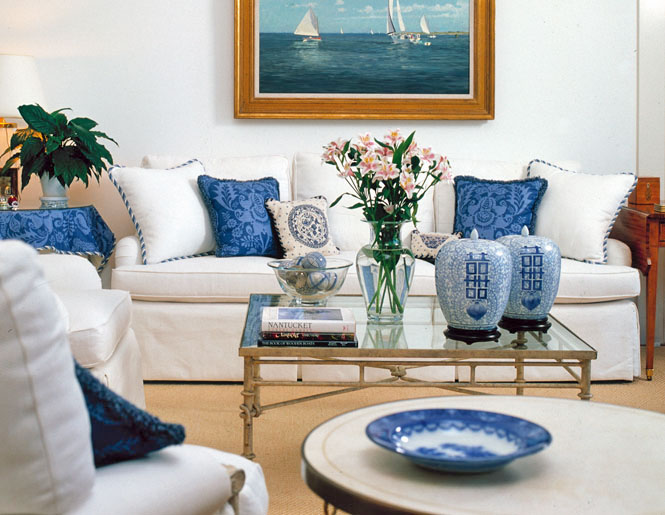
The technique for using blue decoration on white porcelain actually began in the Middle East in the 9th Century, but cobalt blue pigment was excavated from Iran and exported to China in the 9th Century as well. Our love for blue and white porcelain today is a testament to the timelessness of style eight or more centuries in the making.
The striking blue and white porcelain quickly became popular, and through the centuries, trading routes expanded to Europe, Asia, Northern Africa, the Middle East and the Americas. Blue and white porcelain found its way to Nantucket Island, once the center of the whaling industry, as ballast on ships or in the trunks of sea captains and sailors.

Blue and white dinner services and teaware were popular imports in the 18th Century, often shipped by private traders who rented space on Dutch East India ships. The Dutch began producing blue and white porcelain themselves, called Delftware, made in Delft in the Netherlands. Serving pieces such as dinnerware, soup tureens, bowls, platters and tea caddies could increasingly be found on the tables of well-to-do families in Europe and America. Intricately painted landscapes were popular decorations, as shown on the bowl, below.
Traditional motifs also included botanical themes with flowers, lotus ponds and ferns, or animal themes with birds, dragons and elephants.
Blue and white china comes in many varieties. Another kind of blue and white collectible is known as Flow Blue. Chinese porcelain was a very expensive, luxury item in the 18th and 19th Centuries, so the English developed a type of salt-glaze earthenware that looked close to porcelain, but could be sold at a lower cost. Cobalt oxide, the pigment they used, would sink into the porous earthenware and blur during glazing. While some experts believe the blurring was accidental, others believe it was intentional.
Blue and white porcelain is particularly striking when used as a container for flowers. Any shape that holds water can become a beautiful vase.
Bowls can also be filled to stunning effect with blue hydrangeas, or with shells collected from the beach.
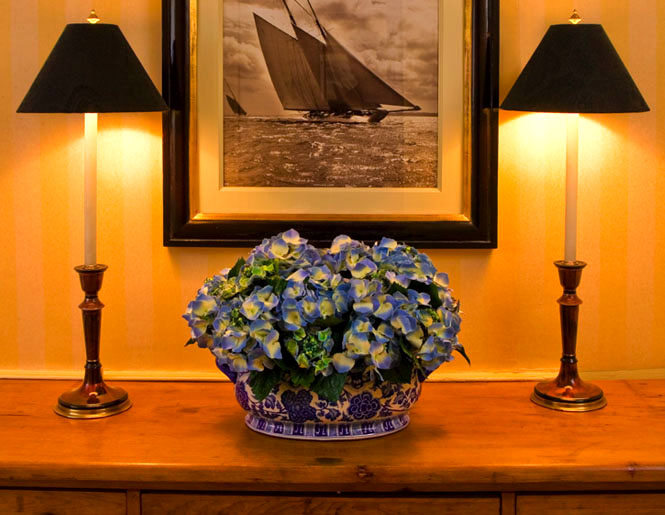
Pairing blue and white porcelain with sterling silver adds a sophisticated touch.
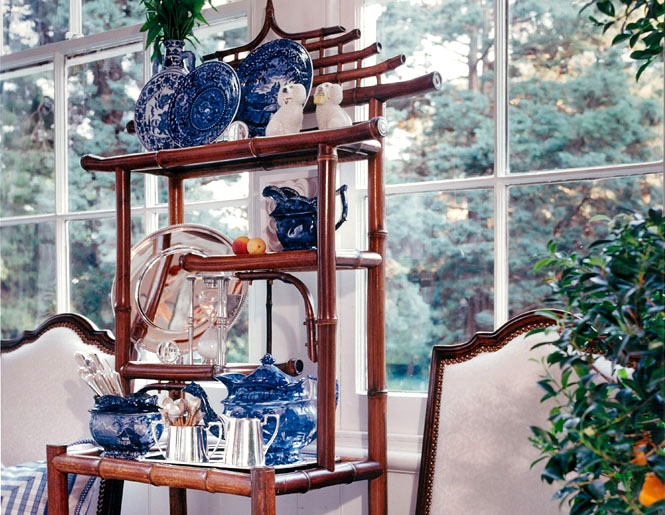
Blue and white porcelain is often used in pairs, adding the grace of symmetry to a room.
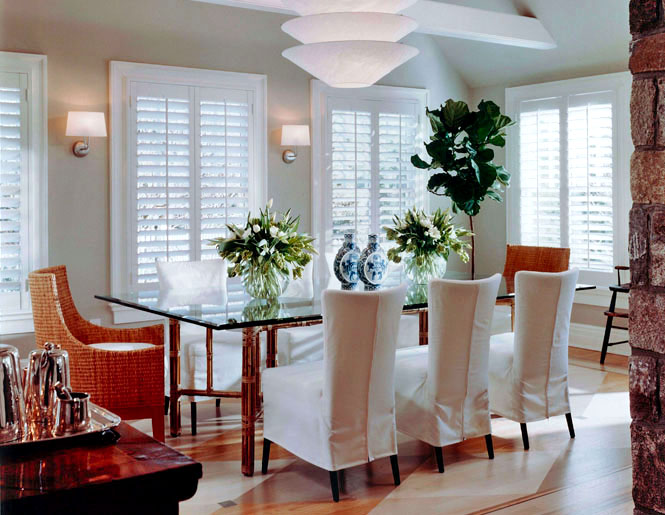
I’ve repurposed blue and white ginger jars into lamps, giving antique pieces new life, and adding historic interest to a room.
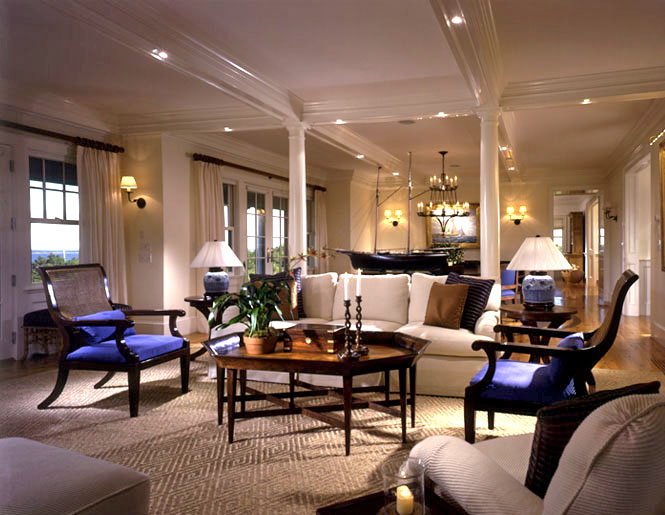
A display of Chinese export porcelain adds both beauty and authenticity to homes on Nantucket, making the porcelain more popular than ever on the island.
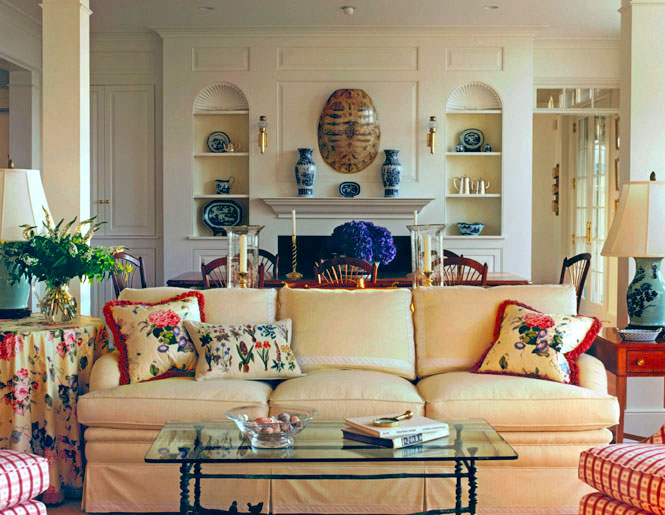
Blue and white together lightens the somber tone blue can take on by itself; a little blue can go a long way. Even in nature, blue is often paired with other colors: blue jays are splashed with white, the peacock is mixed with green, and for the blue footed booby, Mother Nature decided blue feet were enough!
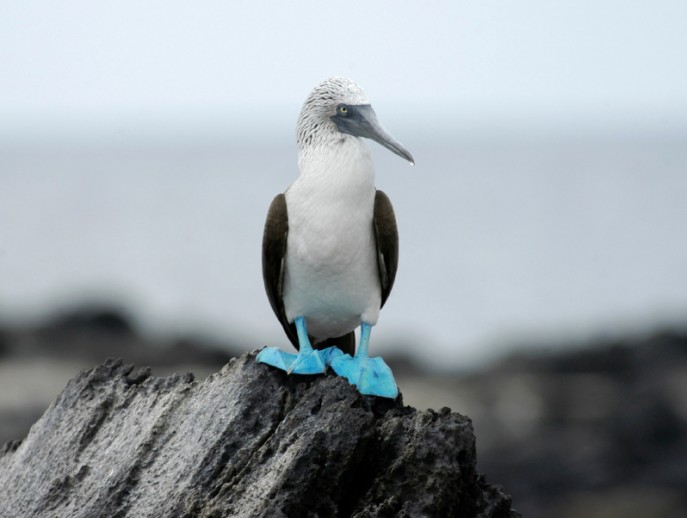
Whether the blue is sapphire or navy, the white ivory or alabaster, the beauty of blue and white transcends seasons and years. Heaven to me will always be the peaceful charm I find in my seaside homes. There I turn to face the azure sea, watching white-capped waves roll to shore, and I am inspired by blue and white, once again.

“If the sight of the blue skies fills you with joy, if the simplest things of nature have a message that you understand, rejoice, for your soul is alive.” –Eleanora Duse
